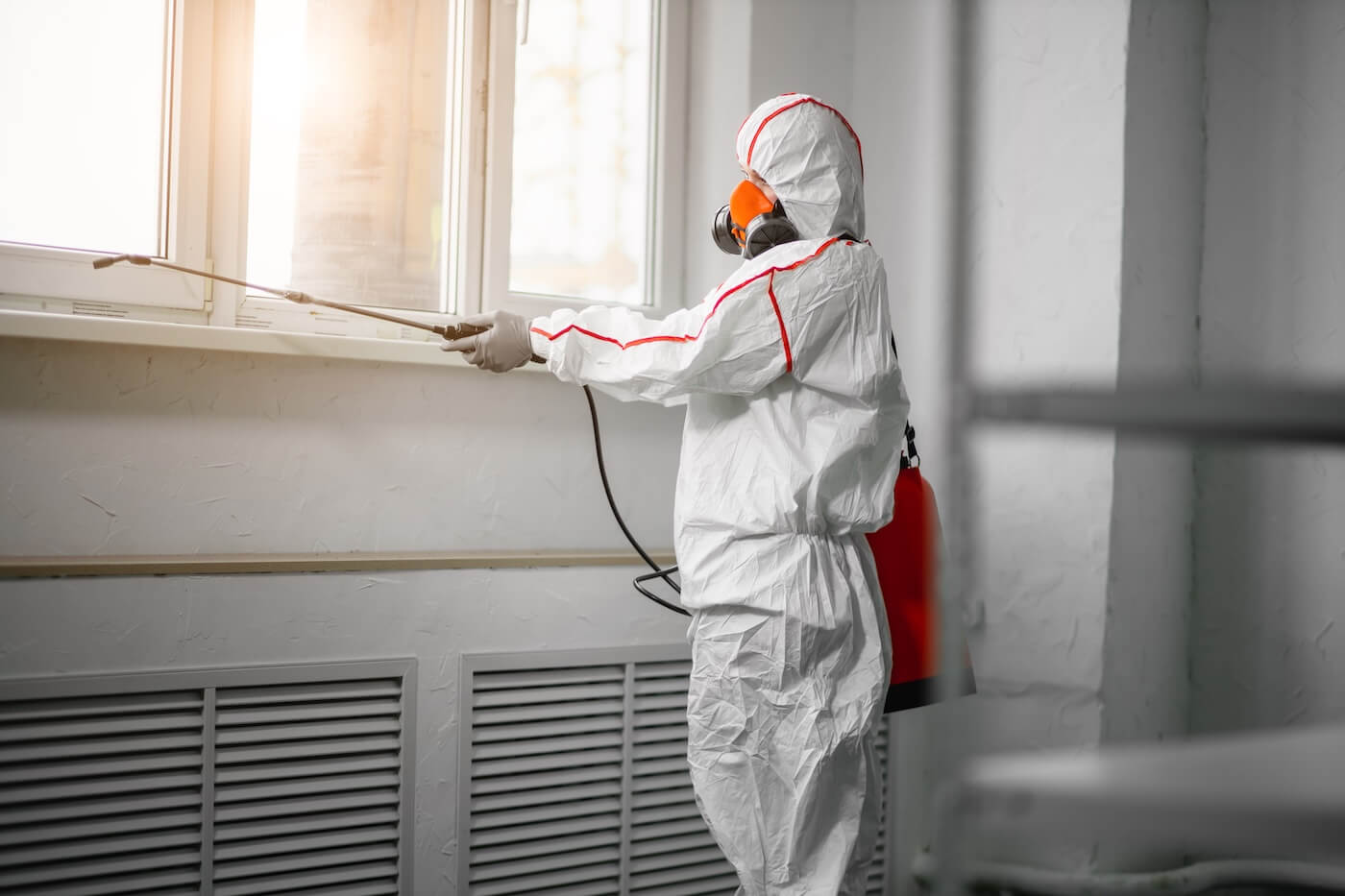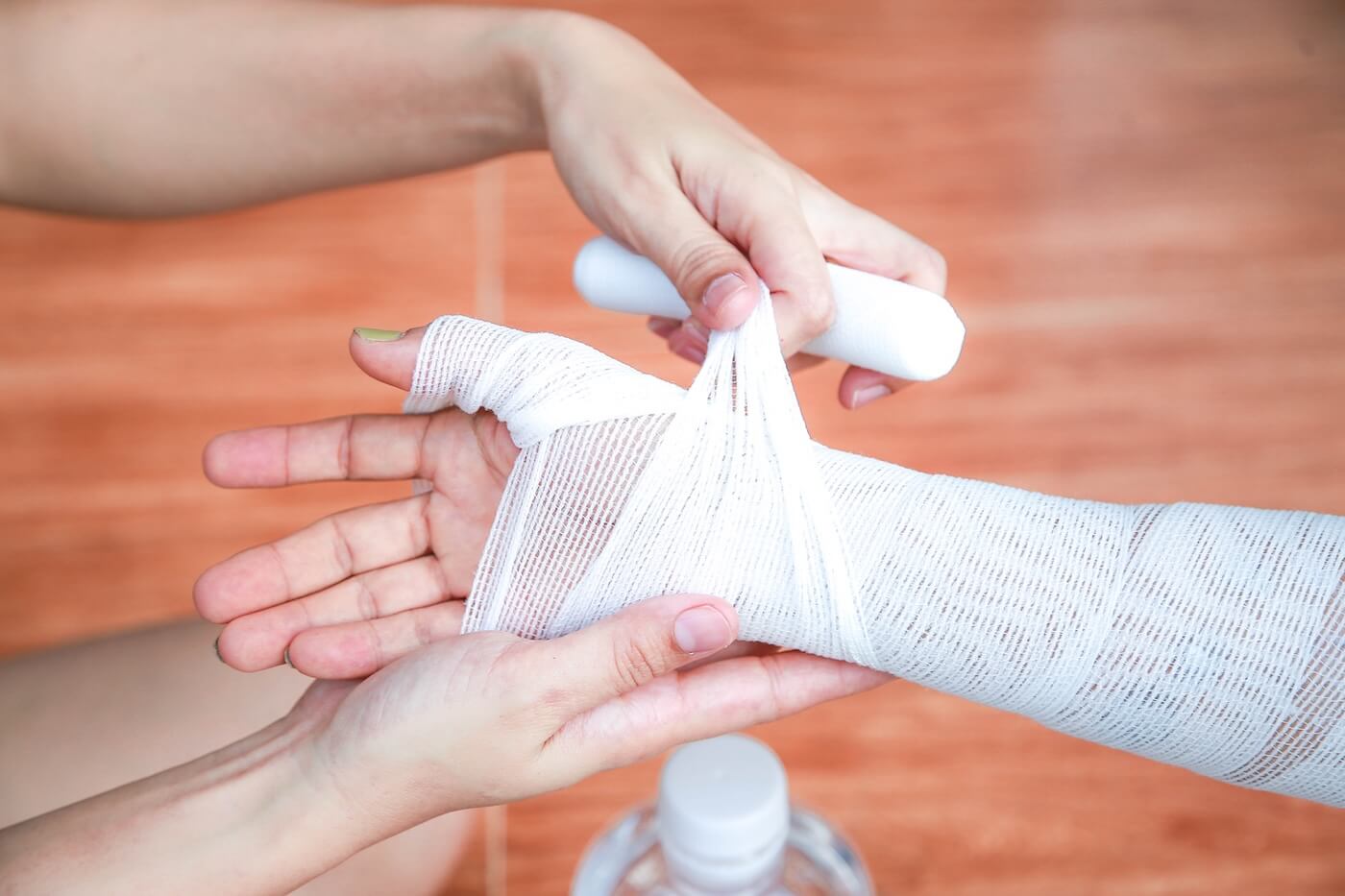Burn Injuries: Legal Options After Thermal or Chemical Accidents

Written by Molly A. Ullrich

Burn injuries can leave lasting physical, emotional, and financial scars on victims and their families. These injuries often result from thermal sources like fires and hot surfaces or from chemical exposure at work, home, or in public places. Victims of burn injuries may have legal options to seek compensation for burn injuries. This includes medical bills, lost wages, and other related damages if another party’s negligence was involved.
The legal process after a burn injury can feel overwhelming, but understanding the basics helps victims and families make informed decisions. This article provides an overview of burn injury types, their impact, and the steps individuals can take to explore their legal rights following a thermal or chemical accident. Readers will find straightforward information on potential claims, liability, and what to expect when pursuing legal action.
Understanding Burn Injuries
Burn injuries are divided into distinct categories based on their cause and severity. It is essential to recognize the differences between thermal and chemical burns, understand where these injuries most often occur, and know how to respond effectively in the first moments after an accident.
Definition and Classification of Thermal and Chemical Burns
Burn injuries result from damage to the skin or deeper tissues following exposure to heat, chemicals, electricity, or radiation. The most common types in accident cases are thermal burns and chemical burns.
Thermal burns occur when skin comes into contact with hot objects, flames, steam, or scalding liquids. Chemical burns, on the other hand, arise from contact with acids, alkalis, or other hazardous chemicals, which can rapidly damage tissue even without extreme heat.
Burns are classified by depth and severity:
| Degree | Description | Characteristics |
| First | Superficial | Redness, mild pain, no blisters |
| Second | Partial thickness | Blisters, swelling, severe pain |
| Third | Full thickness | White, leathery, numb |
Understanding the type and degree of a burn guides medical response and legal evaluation.
Common Causes in Domestic and Workplace Settings
Home environments frequently see thermal burns from cooking accidents, hot liquids, and electrical appliances. Children are often at risk from hot water or stove-related mishaps.
Workplace burn injuries commonly happen in industries involving manufacturing, food service, chemical processing, and construction. Chemical burns are more prevalent where people have direct contact with cleaning products, industrial chemicals, or batteries.
Lack of proper labeling, malfunctioning safety equipment, and inadequate training can increase the likelihood of both thermal and chemical burns at work. Employers must provide proper safety protocols to reduce these risks.
Immediate Steps to Take After a Burn Injury
Quick action after a burn injury can limit tissue damage and improve recovery chances. For thermal burns, immediately remove the person from the heat source and cool the burn with running cool (not cold) water for at least 10 to 20 minutes. Avoid ice and do not break blisters.
For chemical burns, quickly remove contaminated clothing and flush the area with copious amounts of water for at least 20 minutes unless the chemical is known to react with water. Seek emergency medical attention for deep, widespread, or facial burns, and always for chemical burns.

Do not apply greasy substances or home remedies to burns. Proper first aid and timely medical treatment are crucial for both minimizing harm and documenting the injury for potential legal action.
Burn Injury Legal Options and Compensation
Burn injury victims can take legal action against responsible parties to seek compensation for medical expenses, lost income, and other damages. Understanding available legal remedies and navigating insurance claims are essential steps for recovering losses resulting from thermal or chemical burn accidents.
Available Legal Remedies for Burn Victims
Victims of burn injuries may have multiple legal options based on accident circumstances. Common remedies include:
- Personal Injury Lawsuits: Individuals harmed by negligence, unsafe workplaces, or faulty products can file lawsuits against responsible parties.
- Workers’ Compensation Claims: Employees suffering burns on the job may seek benefits for medical care and wages, without needing to prove employer fault.
- Product Liability Claims: People injured by defective products, such as malfunctioning heaters or unsafe chemicals, can pursue claims against manufacturers or suppliers.
- Premises Liability Actions: Property owners may be liable if a burn occurred due to unsafe conditions.
Choosing the most appropriate legal path depends on the source of the accident and available evidence.
Pursuing Compensation for Medical Expenses and Damages
Compensation after a burn injury can cover a range of economic and non-economic losses. Victims may claim:
| Type of Compensation | Examples |
| Medical Expenses | Hospitalization, surgeries, rehab |
| Lost Wages | Missed work, reduced future earnings |
| Pain and Suffering | Physical pain, emotional trauma |
| Disfigurement | Scarring, long-term disabilities |
| Property Damage | Clothing, personal belongings |
Burn injury lawsuits and settlements often consider the severity and permanence of injuries. Gathering thorough documentation, including medical records and expense receipts, increases the likelihood of fair compensation.
Navigating Insurance Claims and Liability
Insurance companies often play a major role in burn accident cases. Victims may file claims with their own insurer, the responsible party’s insurer, or both.
Navigating the claims process can involve:
- Collecting detailed accident reports and medical evidence
- Responding to requests from insurance adjusters
- Reviewing policy limits and exclusions
Liability must often be established for compensation to be paid. If insurance negotiations stall, further legal action may be necessary to hold negligent parties or employers accountable. Proper legal guidance may help in negotiating settlements and identifying all compensation avenues available to burn injury victims.
Smith & Weidinger, PLLC’s Representation of Burn Victims
Smith & Weidinger, PLLC is focused on supporting burn injury victims through all stages of the legal process. Our team handles complex claims, helps clients understand their rights, and offers representation tailored to each individual case.
Firm’s Experience in Burn Injury Cases
Smith & Weidinger, PLLC has represented victims of severe burn injuries involving both thermal and chemical accidents. Our firm’s attorneys have handled cases stemming from workplace accidents, household fires, faulty products, and exposure to hazardous chemicals.
Our portfolio includes cases involving third-degree burns, substantial scarring, and long-term medical treatment. These cases often require collaboration with medical experts, forensic specialists, and accident reconstruction professionals. With years of experience, the firm is familiar with the complexities of burn injury claims, including insurance disputes and multiple liable parties.

Notable highlights of the firm’s experience:
- Cases involving neurologic, respiratory, and skin complications
- Thermal burn accidents litigation against manufacturers and employers
- Coordination with healthcare providers for client care documentation
Comprehensive Legal Assistance Provided
Smith & Weidinger, PLLC offers a full range of legal services for burn victims. This includes initial case evaluation, evidence collection, negotiation with insurance companies, and, when necessary, litigation.
Clients receive a thorough review of their incident, including cause analysis and liability identification. Our firm assists in compiling medical records, employment documentation, and accident reports. We pursue compensation that covers medical costs, lost wages, long-term care, and pain and suffering.
Key legal services:
- Clear case assessment and legal options
- Regular status updates and strategic advice
- Coordination with expert witnesses for trial preparation
Guidance Through Legal Proceedings
Our firm guides clients through each stage of the legal process. We explain filing deadlines, possible litigation outcomes, and settlement options with clarity.
Smith & Weidinger, PLLC prepares clients for depositions, court appearances, and interactions with opposing parties or insurance representatives. We ensure all procedural requirements are met, reducing the risk of missed deadlines or errors.
Stages of a typical burn injury claim handled by Smith & Weidinger, PLLC:
| Stage | Action by Firm |
| Case Intake | Initial client consultation |
| Investigation | Evidence and records gathering |
| Negotiation | Settlement discussions with insurers |
| Litigation | Filing of lawsuits and courtroom representation |
Importance of Experienced Legal Representation in Thermal and Chemical Burn Legal Recourse
Choosing a law firm with specific experience in burn injury law is critical. Burn injuries often involve extensive medical evidence, complex liability issues, and high financial stakes.
Smith & Weidinger, PLLC’s attorneys have in-depth understanding of both the medical and legal aspects of these cases. Our ability to coordinate with specialists and manage multi-party claims can maximize the chances of fair compensation.
An experienced legal team also helps clients avoid common pitfalls and ensure that all potential sources of compensation are identified. This comprehensive approach provides clients with a clear path through what is often a complicated recovery process.
Note: The information provided in this blog post has been compiled from publicly available and secondary sources. While we strive for accuracy, some details may become outdated or contain inadvertent errors. If you believe any information is incorrect or requires updating, please contact Smith & Weidinger so that we may review and make the appropriate corrections.
Disclaimer: This blog post is for informational purposes only and is not intended as a solicitation for business. The photo used is not from the scene of the incident described. Viewing this content does not create an attorney-client relationship with Smith & Weidinger. If you have been injured in an accident, please seek immediate medical attention and then consult with a qualified attorney to discuss your legal rights and options.










